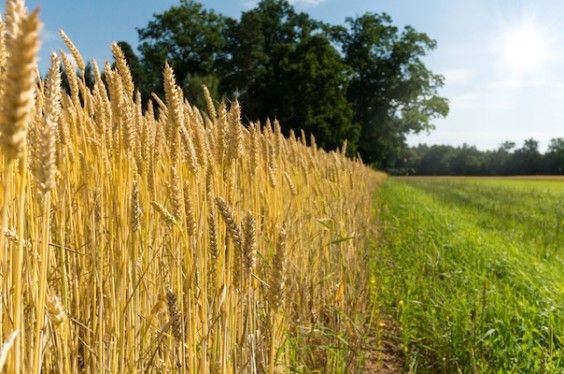For years, much of the news to come from India’s farming regions was dismal. The country was facing an agrarian crisis, and thousands of farmers were committing suicide in the face of dwindling economic prospects.
Now it seems the farmers’ luck has turned. The UK newspaper The Guardian recently ran a feature on the “rice revolution” in India, where people have been producing record amounts of rice as well as wheat, potatoes, and other crops. What’s more, they’ve done it without the help of expensive genetically modified (GM) seeds, instead using a technique called System of Rice Intensification (SRI).
What’s the Deal?
Since the 1980s, many Indian farmers have purchased GM seeds (mostly seeds for Bacillus thuringiensis, or bt cotton) from big biotech companies such as Monsanto. These seeds supposedly increase the amount of crops produced while reducing the need for pesticides.
But for many farmers, GM seeds can be more trouble than they’re worth, and some media outlets have cited the rising cost of GM seeds as the reason for the rash of suicides among impoverished farmers. The New York Times reported that the seeds cost between 700 and 2,000 rupees, or $38 per packet, which is about three to eight times the cost of non-GM seeds. What’s more, some regions where farmers use bt cotton have actually reported significant declines in productivity.
That’s why it came as somewhat of a shock when one farmer in Bihar, India grew 22.4 tons of rice on one hectare of land in 2012, breaking the world record for crop yields. Around the same time, farmers in nearby villages produced unprecedented amounts of potatoes and wheat. How did they do it? They’d all swapped GM seeds for the SRI method, which involves transplanting very young plants into fields, placing them far apart from each other, and keeping the soil dry. Next year, the state of Bihar plans to invest $50 million in SRI.
Why It Matters
The development of a new, successful agricultural technology is welcome news for Indian farmers, who face the possibility of even more expensive GM seeds in the near future. Monsanto is currently on track to win a Supreme Court case that would allow the company complete control over its seeds, meaning it could charge any price for them.
Experts have suggested that India transition to organic and eco-friendly farming methods in order to increase yields and reduce costs. Beyond financial difficulties, critics across the globe have spoken out against the use of GMOs for years, citing possible ill health effects ranging from allergies to altered DNA in the people who eat them. In response to these concerns, the Indian government passed a bill last month requiring all packaged foods containing GMOs to be labeled.
Of course, it’s possible these new agricultural technologies won’t work well for mono-crop agriculture (growing a single crop every year on the same land). On the other hand, it’s possible the tables may turn, and Western farmers may ultimately gain new insights into the most effective farming strategies from the East.
Do you think countries, including the U.S., should invest in SRI? Should GMO foods be labeled? Let us know in the comments below or tweet the author directly at @ShanaDLebowitz.

